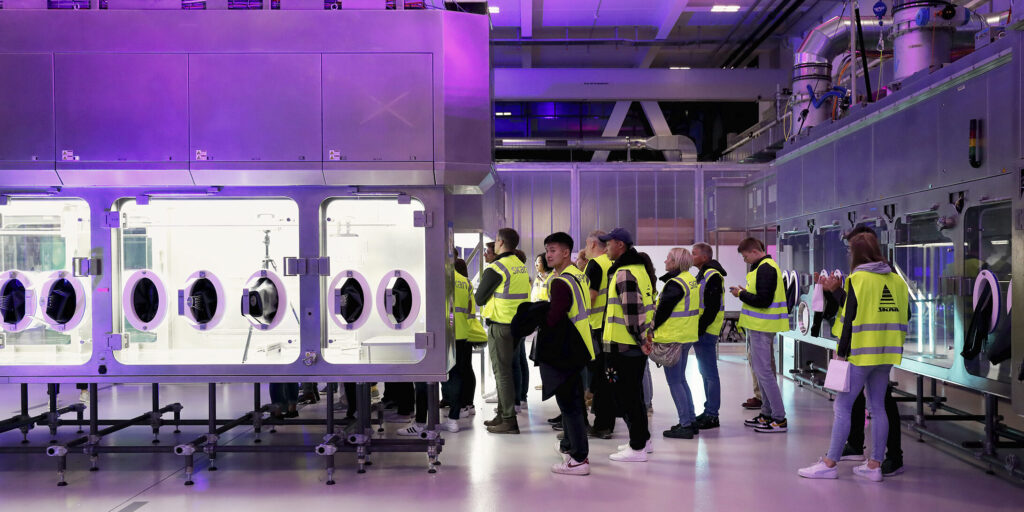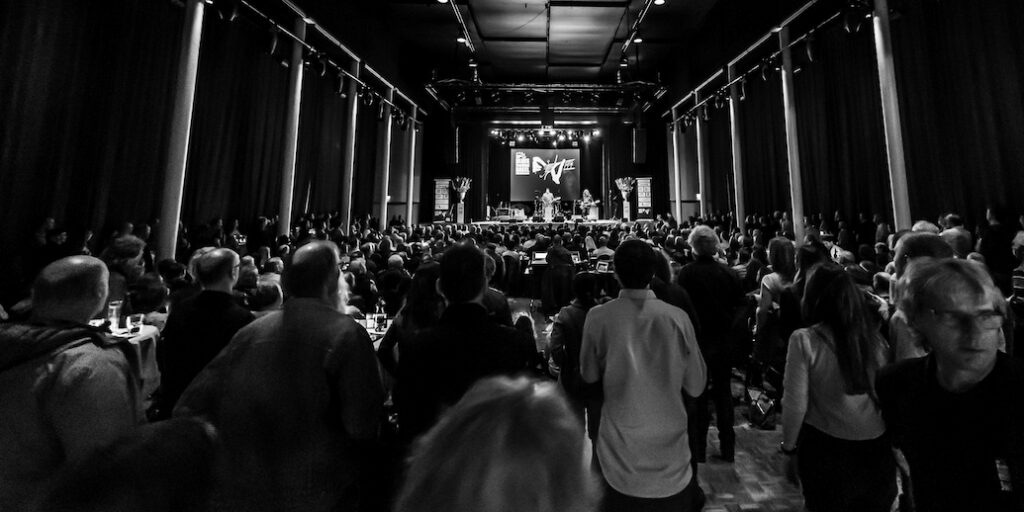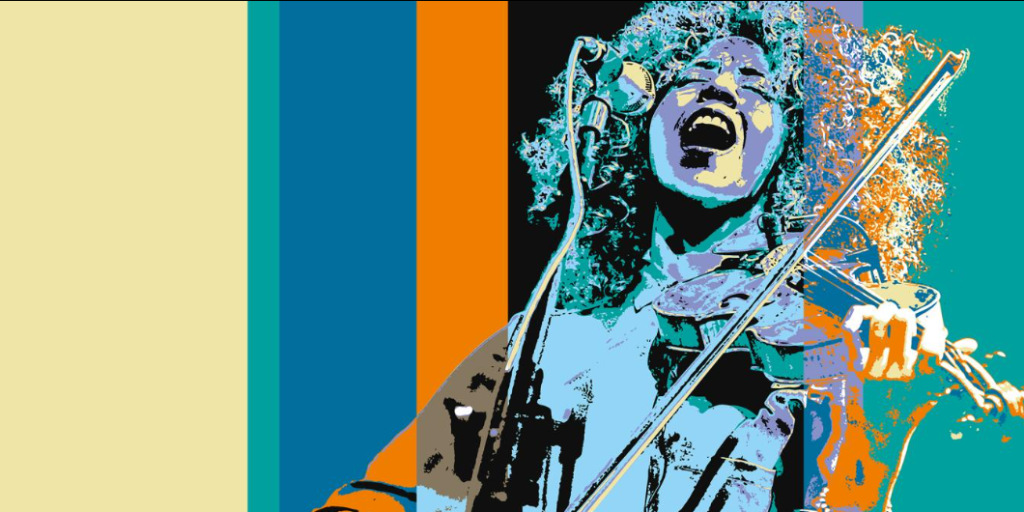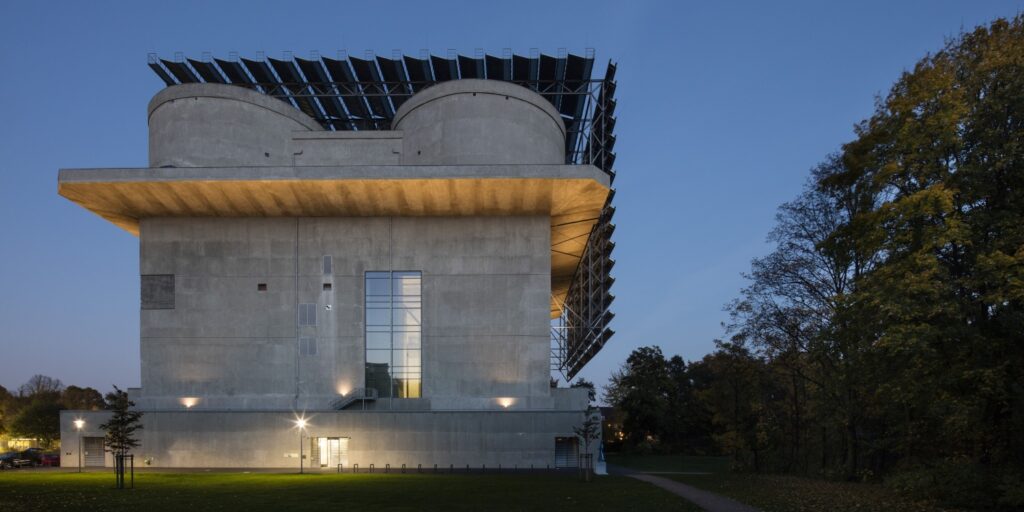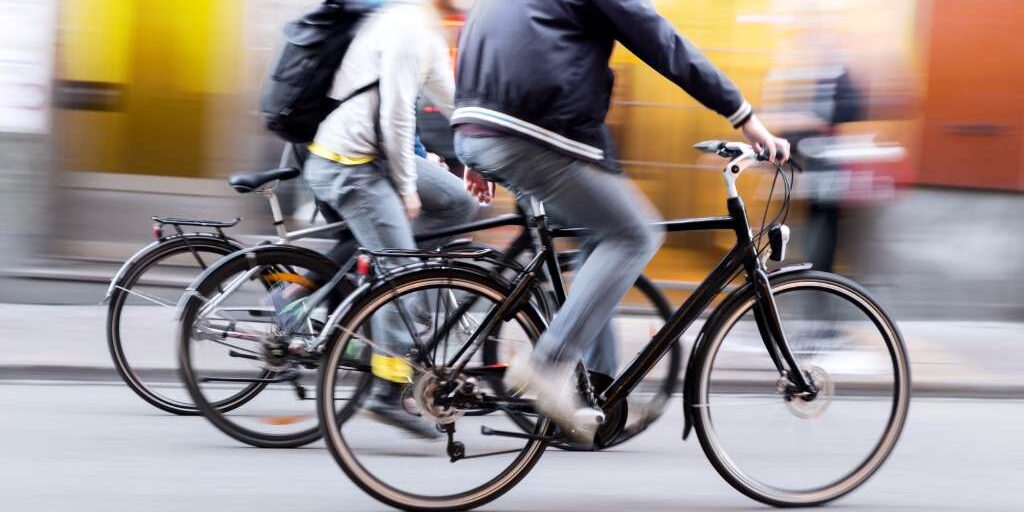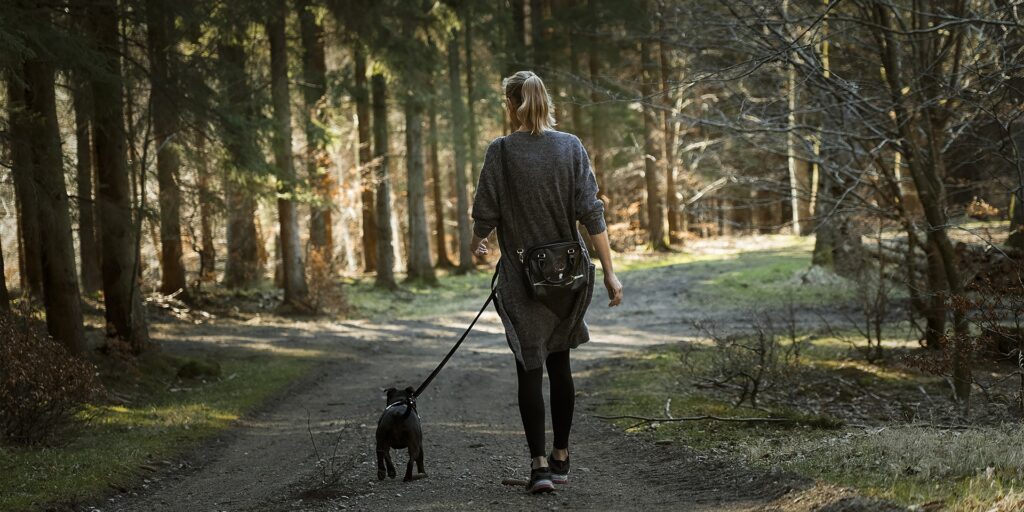A Guide to Living in Basel
Topics
Advertisement
Did You Know?
- Singers Wanted for Basel Proms Chorus!How would you like participating in the Basel Proms Chorus that will be a part of the Basel Proms concert in November at the Stadtcasino?
- Major Tram Construction — Almost all Tram Lines Through the Old Town Will be DivertedFor most of April, construction at the Steinenberg / Theaterstrasse intersection will result in diversion of tram lines.
- Blues Festival BaselBlues Festival Basel, considered one of the most important events of its kind in Europe, presents international stars as well as local talent.
- Call for English-Language Book Donations!The GGG Stadtbibliothek Basel West will be holding a book sale for pre-loved English-language books and is looking for book donations.
- I Love the Arts! — Discover What Basel Has to Offer in the ArtsFondation Beyeler, Kunstmuseum Basel, Sinfonieorchester Basel, and Theater Basel have joined forces to invite Basel's English-speaking community, to their programs.
- Jazz Festival BaselSpringtime in Basel is also Jazz Festival time! This year’s edition will be a diverse, complex, and stylistically open musical firework.
- Stay Informed and Safe With the “Alertswiss” Website and AppThe “Alertswiss,” a website and mobile App issued by the Swiss federal government to help you plan for and stay safe in an emergency.
- Swiss Vote for More Money For PensionersThis past weekend, Swiss citizens voted to increase pensions and rejected an initiative to raise the retirement age.
